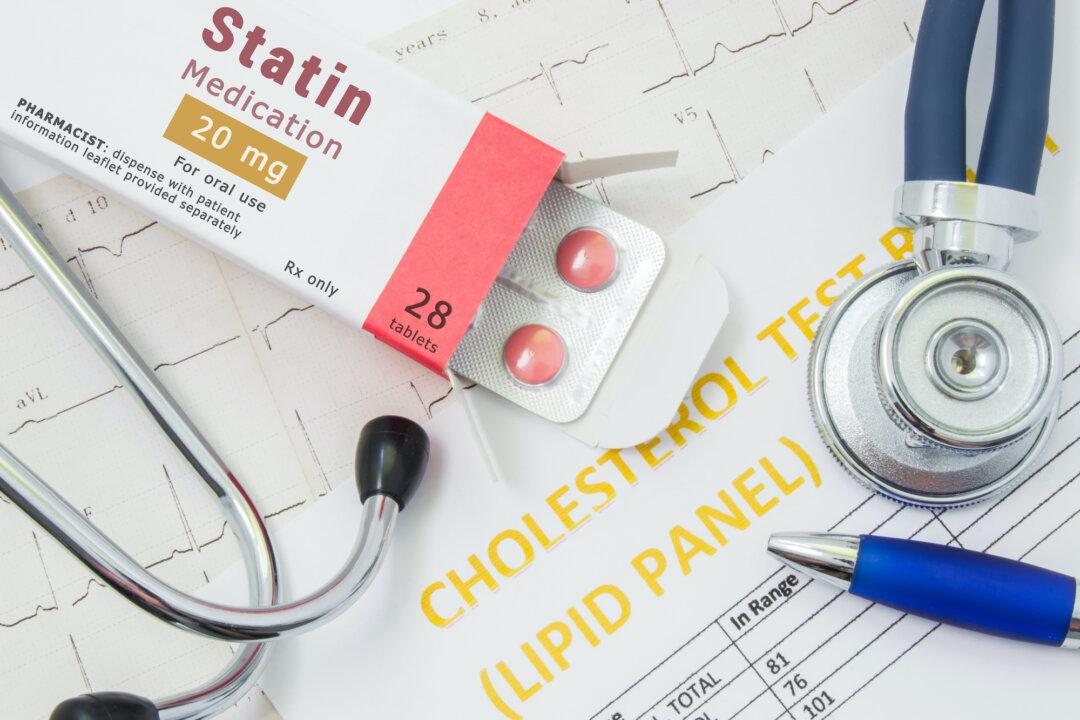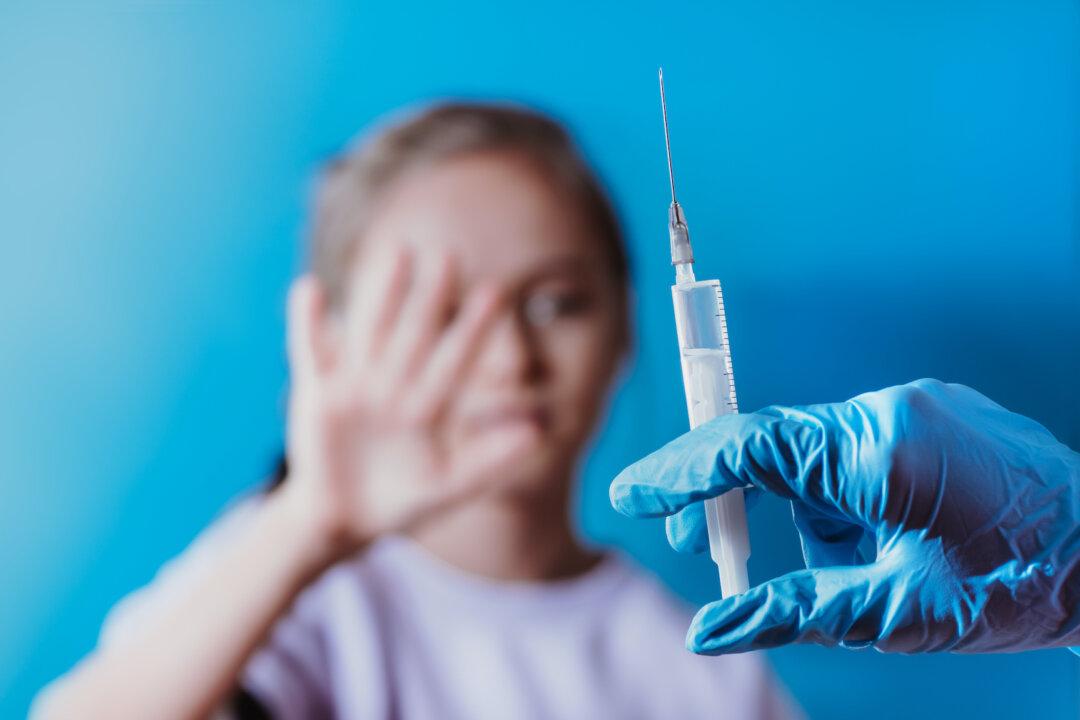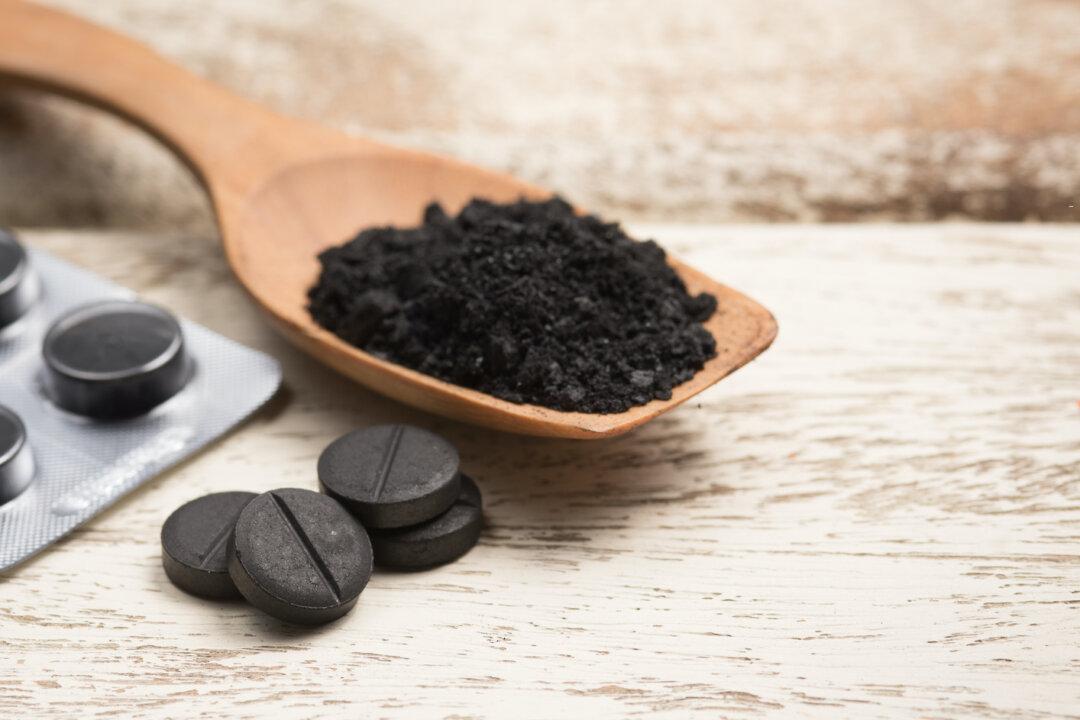Statins have long been a controversial medication in the health world. While some studies say they’re effective at reducing cholesterol and the risk of cardiovascular disease, others highlight the harms and adverse effects that can come with taking the drugs.
The U.S. Preventive Services Task Force (USPSTF), which delivers recommendations on statin use, recently drafted guidance to update recommendations that were approved in 2016.





